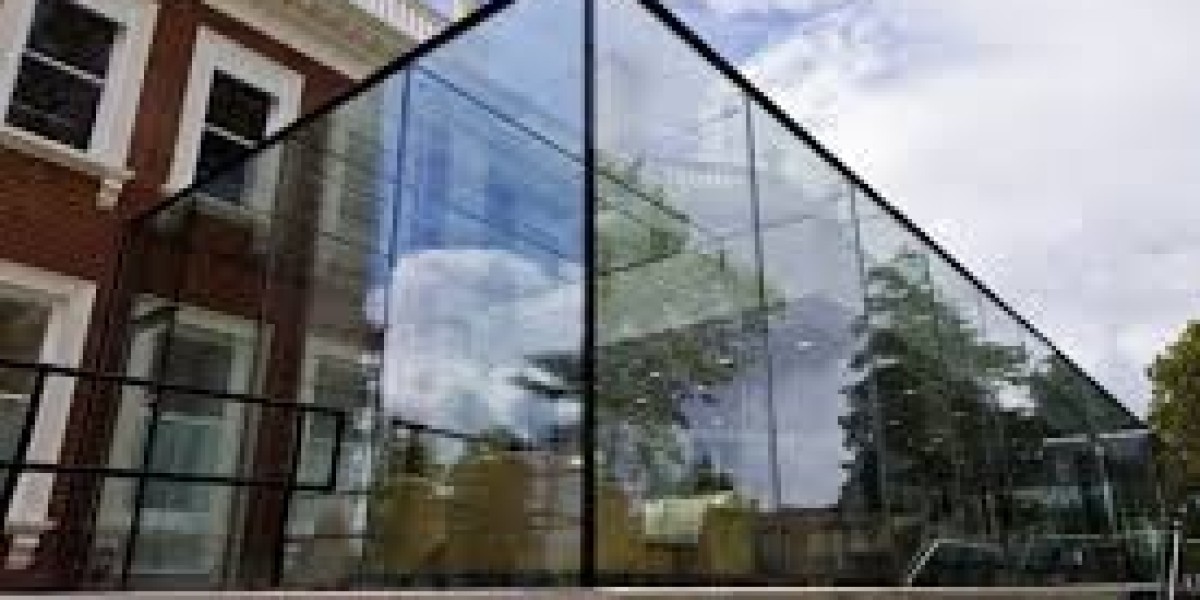Architecture has always been a matter of reconciling strength, function, and beauty. Over the past decades, glass has become the hallmark of that balance, well beyond its historic use as a window material. Now, architectural glazing defines buildings, constructing dramatic façades, open spaces, and efficient environments. For UK developers, architects, and householders, architectural glazing is not merely a design option — it is an investment in comfort, performance, and sustainability.
What Is Architectural Glazing?
Architectural glazing is the application of glass on a grand scale that is beyond the scope of mere windows. It encompasses all from glass façades and curtain walling to skylights, partitions, balustrades, and atriums. Advances in manufacturing and fixing techniques now make the glass stronger, safer, and more versatile than ever.
No matter where it is used in residential dwellings, office buildings, shopping centres, or hospitality environments, architectural glazing takes centre stage in determining the appearance and atmosphere of contemporary buildings.
Advantages of Architectural Glazing
Aesthetic Appeal
Glass provides clean, modern-line silhouettes that maximise daylight and connect interiors. Floor-to-ceiling glazing or dramatic glass façades confer a contemporary and high-end image on buildings.
Natural Light and Wellbeing
Plenty of natural light not only decreases dependency on artificial lighting but also increases wellbeing. Studies have indicated that light-filled rooms can improve productivity, mood, and general comfort.
Energy Efficiency
Contemporary architectural glazing has thermal insulation, solar control, and low-emissivity coating to minimise energy loss. It keeps buildings warm in winter and cool in summer, thereby cutting down energy bills.
Acoustic Comfort
Glazing systems may be designed to address acoustic performance, minimising the intrusion of city noise and producing quieter, more serene interiors.
Design Flexibility
From frameless glass balustrades to unique skylights, there is unlimited design freedom with architectural glazing. It is suited to both modern and historic architecture.
Sustainability
By lowering energy requirements and extending the life of buildings, architectural glazing assists sustainable building and meets UK building regulations.
Innovative Technologies in Architectural Glazing
Architectural glazing is continuously innovating, with the latest technologies improving performance and comfort. One of the most advanced developments is heated glass, which surpasses conventional insulation.
Such levels of innovation enable architects and developers of property to employ glazing as not just a stylistic aspect but as an operational solution for comfort and energy efficiency.
read more:- https://medium.com/@crystalunits/architectural-glazing-shaping-contemporary-buildings-through-light-and-innovation-d89ff26fdb31






